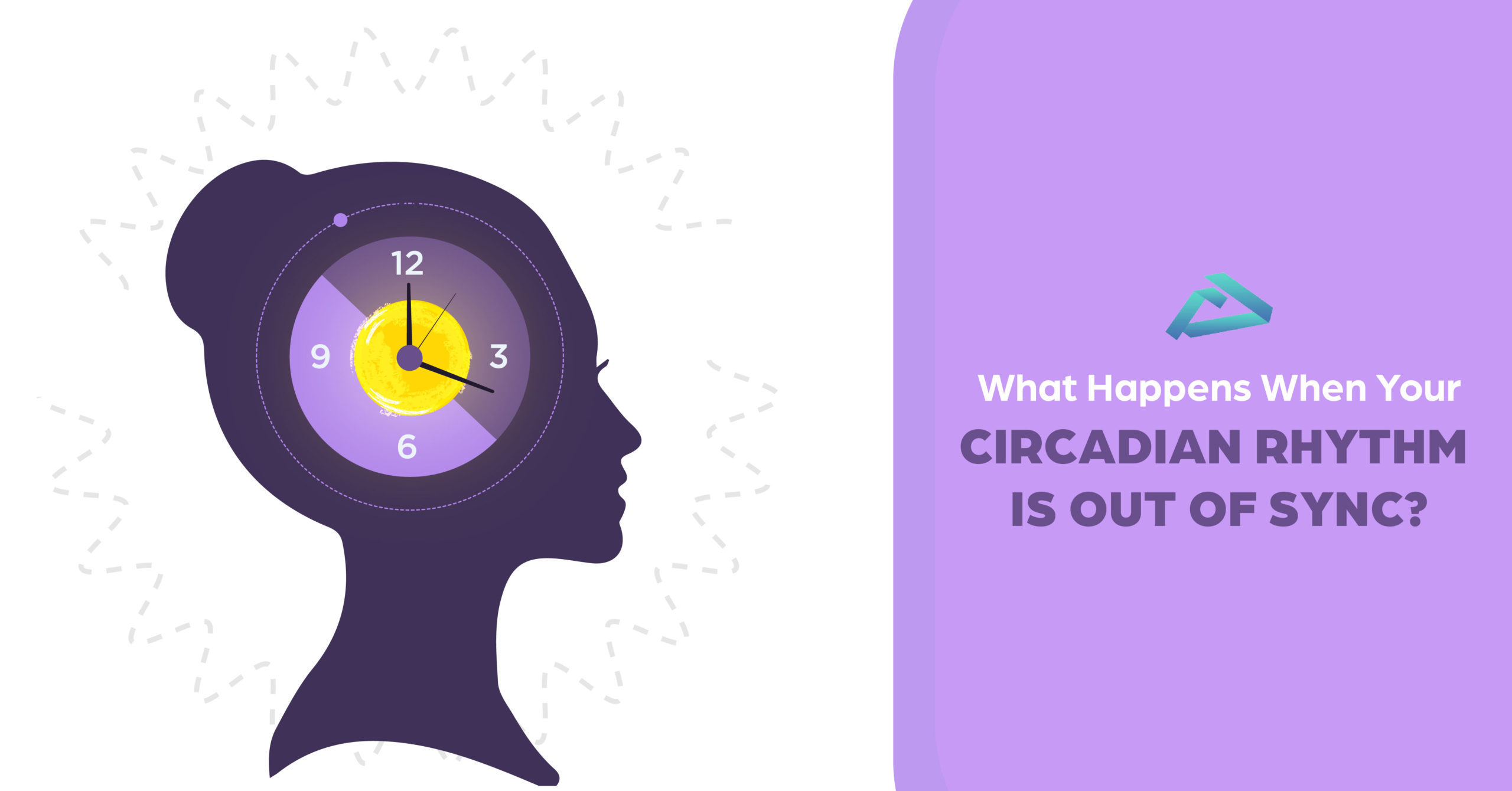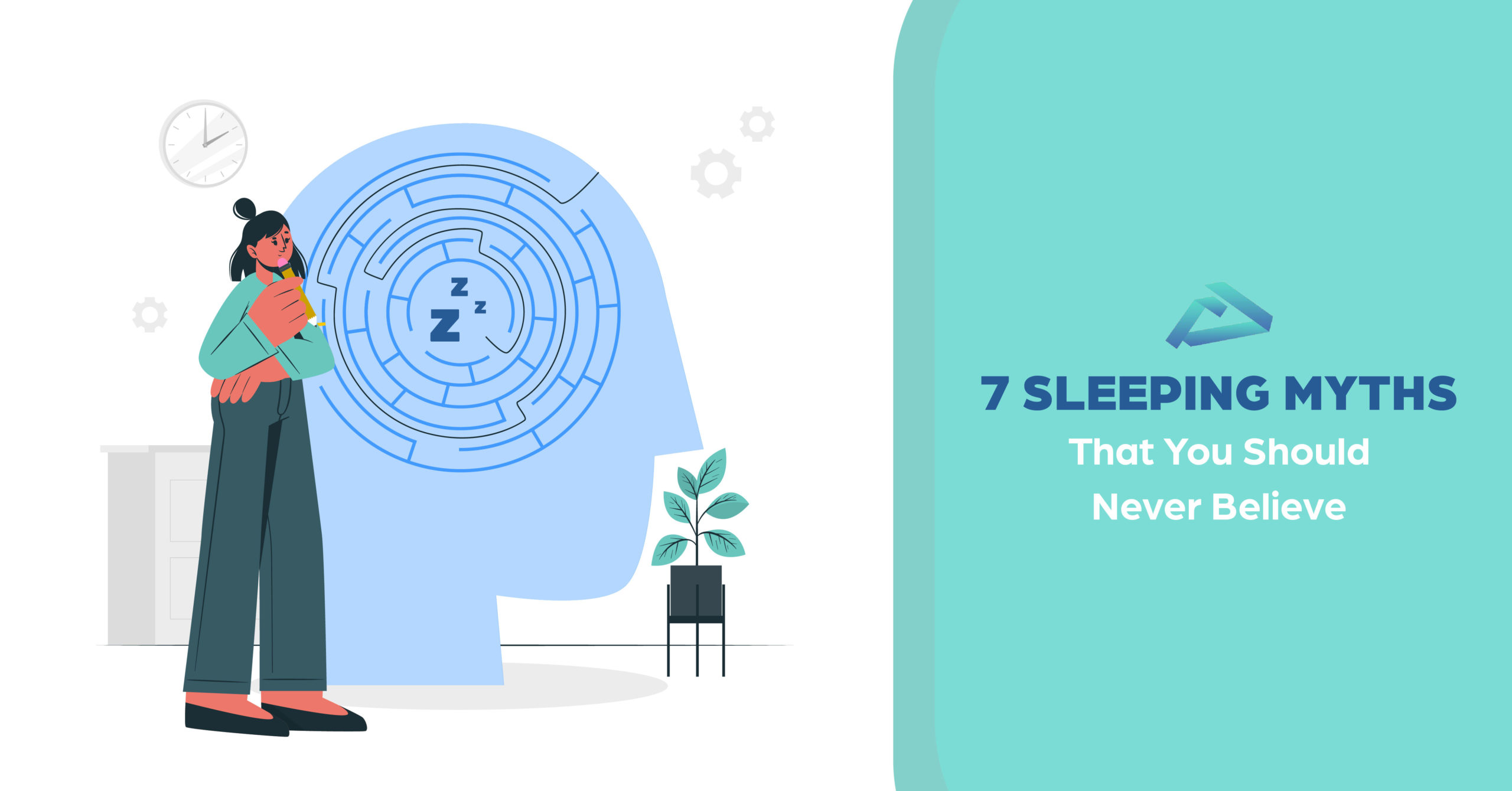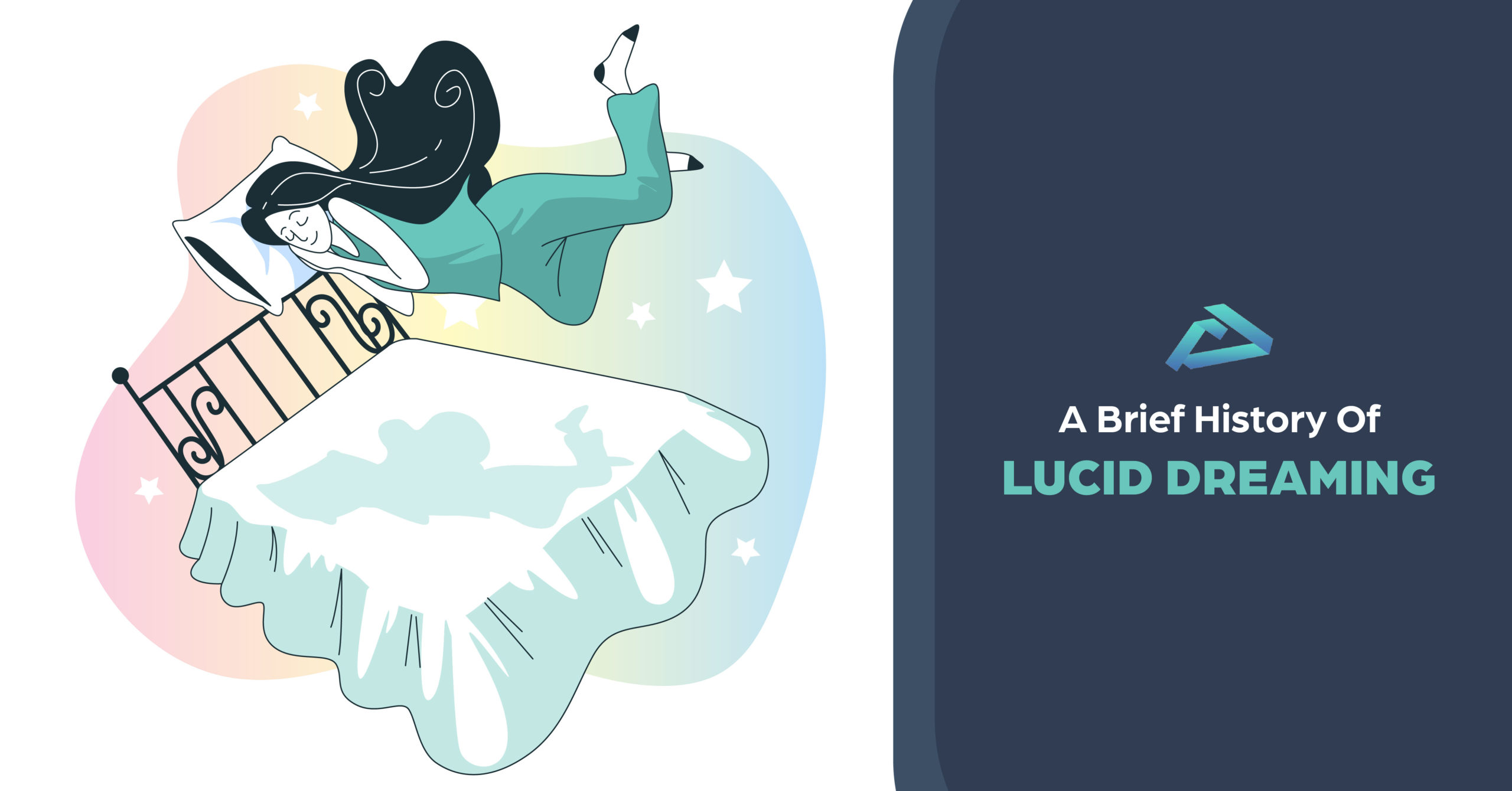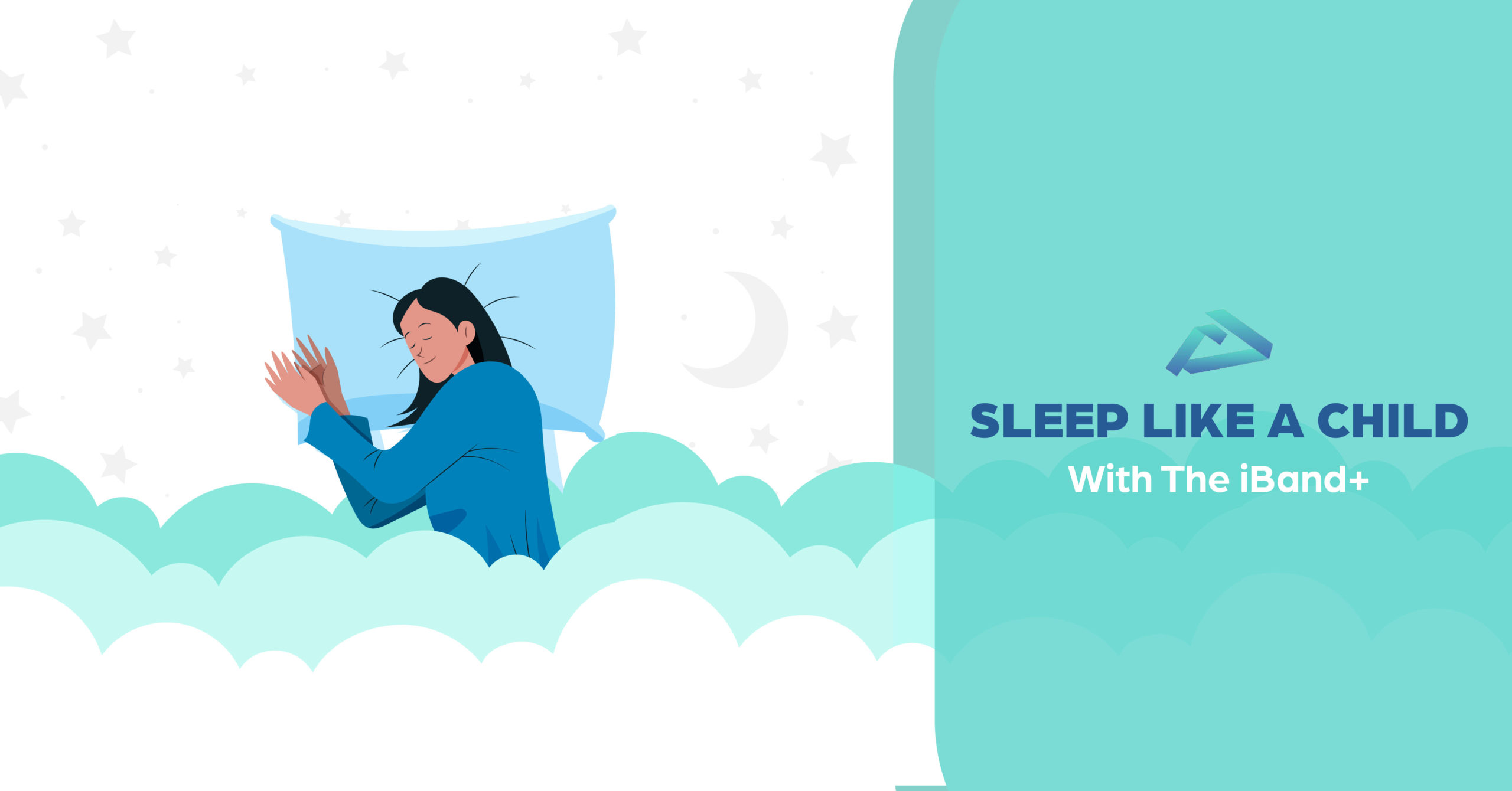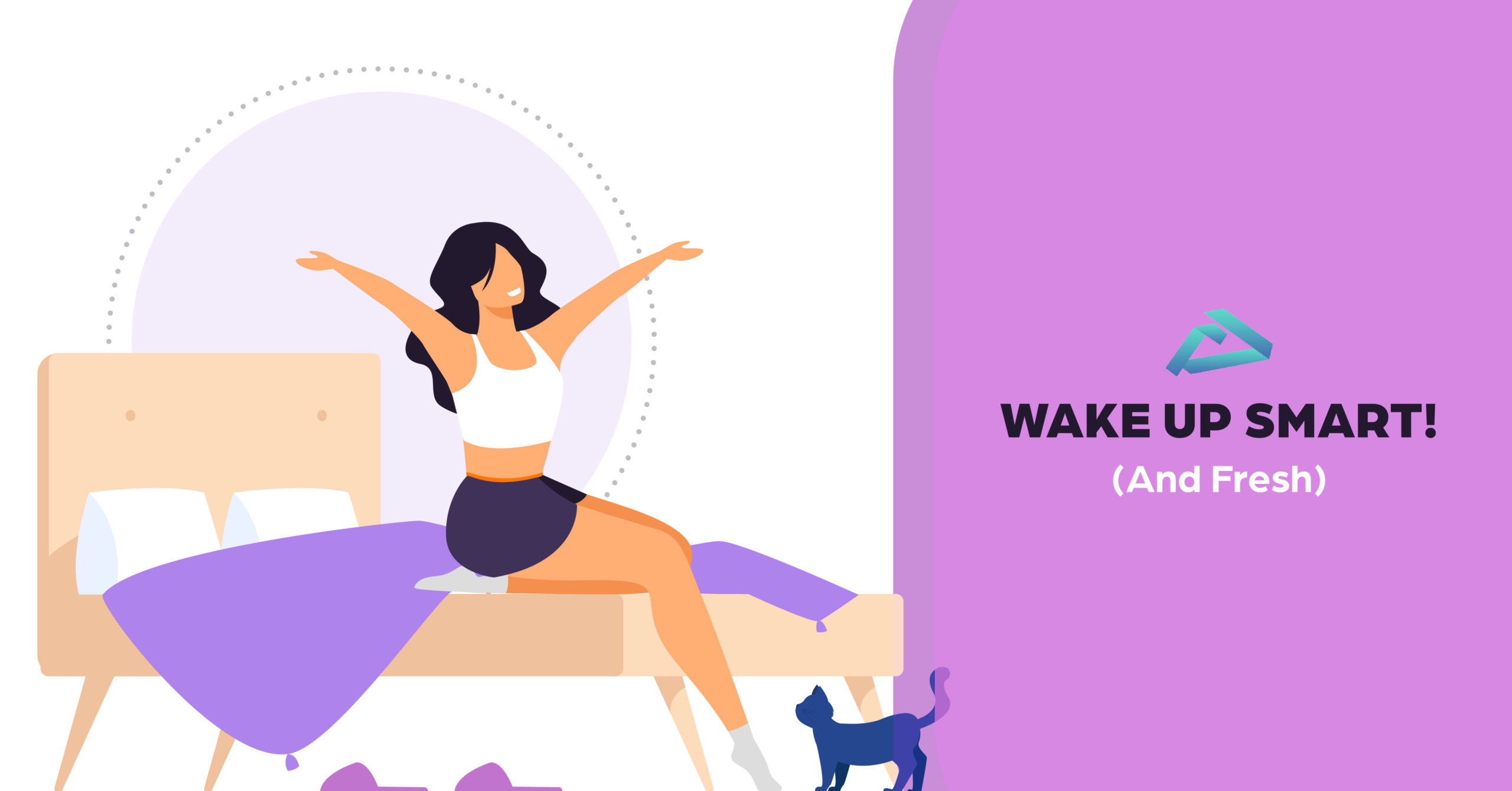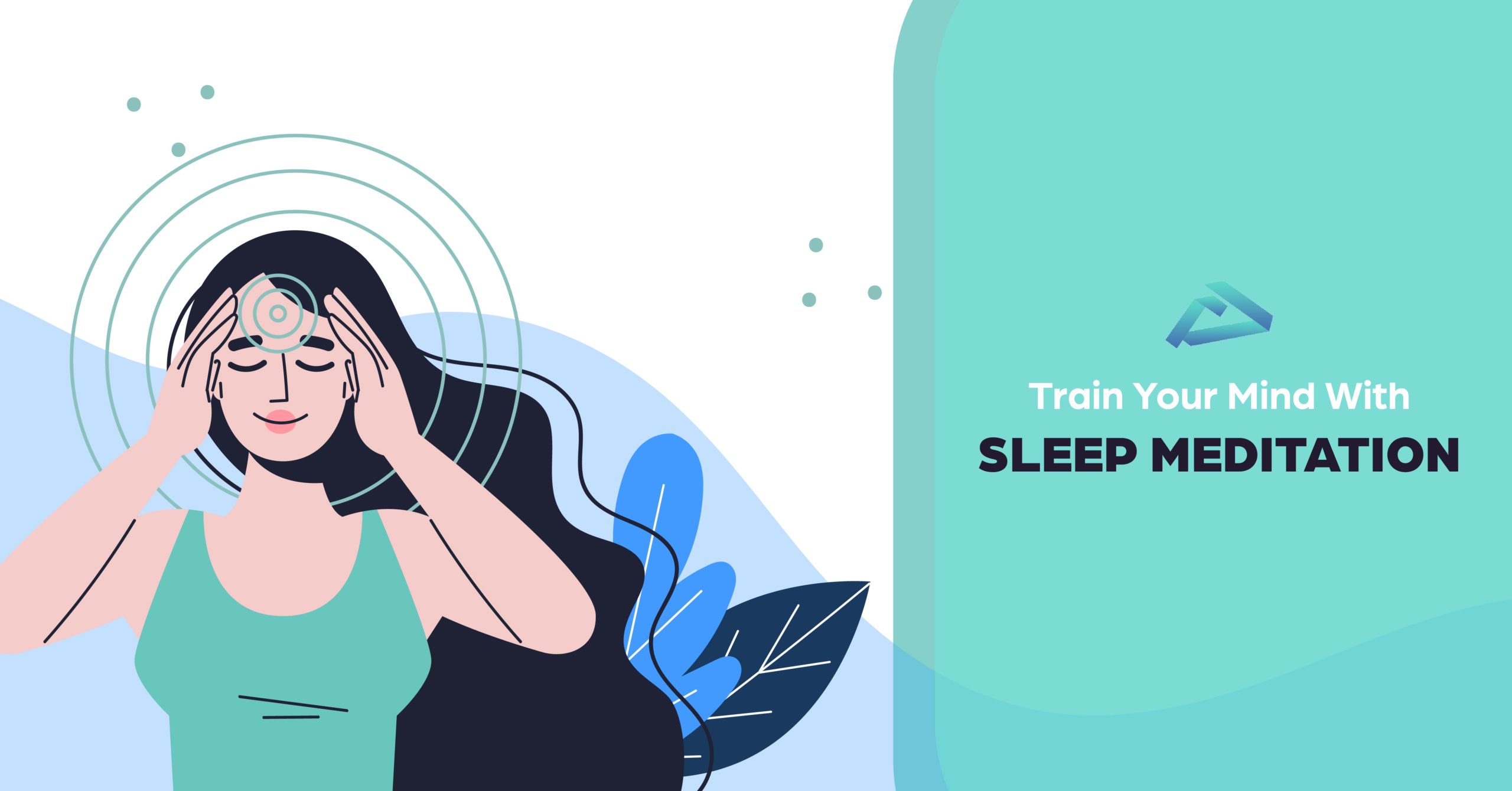Research around the world shows that 50% of the population experience lucid dreaming. But very few are aware of the benefits of lucid dreaming. Studies also ascertain that more than 20% of the population lucid dream at least once or twice in a span of a month. As a result, a considerable amount of data has been amassed by neuroscientists that prove the benefits of lucid dreaming.
So, what does it exactly mean when we read or hear about the ‘benefits of lucid dreaming?’ Scroll down and find out!
Origin of the term ‘Lucid Dreaming’
Humankind has recognized dreaming as an important language to understand the many-layered depths of our mind. But naturally, we started realizing and interpreting the difference between lucid and non-lucid dreaming. The year was 1913 when Frederik van Eeden coined the term ‘lucid dreaming’ The term was introduced by Eaden in “A Study of Dreams”, printed in the Proceedings of the Society for Psychical Research.
The paper turned out to be quite controversial back then, but it did set the tone for researching more on the whys, hows, and the benefits of lucid dreaming.
Benefits of ‘practicing’ lucid dreaming
Practice makes a man perfect. This adage is not just true for waking life, but also for our world of dreams. The benefits of lucid dreaming have been under the radar of every researcher. And almost all of the studies state the importance of practicing in the right, tried, and test manner.
So, how does one practice and achieve an optimum level of a lucid dream?
Firstly we need to understand the facts of the matter. That is, when does lucid dreaming most likely occur? Now, non-lucid/normal dreams can occur during any of the sleeping stages. Whereas lucid dreams most probably occur during the REM (Rapid Eye Movement Stage) The REM stage of sleep is the last stage of a normal sleep cycle. The best time to ‘have’ a lucid dream is either in the morning or afternoon.
So, what are the benefits of lucid dreaming?
As studies suggest, the majority of the benefits of lucid dreaming are purely psychological. The benefits of lucid dreaming largely include:
- Reduce recurring nightmares
Nightmares are a fairly common occurrence. Even so, the cause of nightmares can vary from person to person. Healthline says, “during a lucid dream, you’re able to realize that the nightmare isn’t real. It also lets you control the dream, which allows you to turn a nightmare into a more neutral or pleasant scenario”
- Anxiety relief
There is little known evidence of this particular benefit of lucid dreaming. But, there is a certain majority that swears by it. People who have experienced a positive outcome often believe that lucid dreaming helped them get to the source of their anxiety and eradicate it.
- Motor Skill Enhancement
One of the biggest benefits of lucid dreaming is complete control of surrounds, albeit in a dream state. But, while lucid dreaming our senses are heightened and we have an innate sense of power that seems like it comes from within. This exact feeling translated into waking life, this improving our most used motor skills.
- Creativity Boost
Some of the most creative people enjoy lucid dreaming on a frequent basis. Meaning, the more creative you are, the more likely you are to naturally lucid dream. Although, according to certain anecdotal notes of research, it is also known to work the other way around. Some people have claimed that their imagination spiraled upwards and creativity was honed immensely as well!
- PTSD
A study, co-authored by Victor Spoormaker states, “We found that LD was effective in reducing nightmare frequency, but there are a few ‘but’s in there” One is that not everyone could learn. It is a complex treatment, one for which there are easier treatments available.”
- Sense of self-awareness
Dreams have the ability to dictate our mood and thoughts. Remember those days when you wake up ‘on the bright side?’ It is most likely that you dreamt well and are extremely well-rested. Now imagine gaining complete control of your surroundings and knowing the fact that you are dreaming. Thus, lucid dreaming increases your ability to access self and increase the notion of ‘self-worth’ in your mind.
- Decreases substance dependency
Alternative rehabilitation therapies include lucid dreaming to ascertain ‘letting go of the need to get high’ Though little has been proven, it is widely accepted as a great form of treatment for mild to medium forms of substance addictions.
Common practices that can induce lucid dreaming
- MILD
According to Psychology Today, the most supported practice is the Mnemonic Induction of Lucid Dreams (MILD) This involves the dreamer waking up naturally from the dream and ‘rehearsing’ the exact same dream in an awake state of mind. It also involves reiterating the notion of wanting to remember that one is in a dream the next time.
- Intention
Our mind is very well acquainted and aware of the power of intention. Seems familiar, doesn’t it? In this form of practice, the dreamer needs to imagine they are dreaming and recognize what they are dreaming about right before falling asleep.
- WBTB
Wakeup Back To Bed involves you waking up at a given timing (before dawn ideally) and then going back to sleep. The key takeaway here is to remain awake for not more than 2 hours.
- Auto-suggestion
The auto-suggestion technique involves ‘suggesting’ yourself to experience a lucid dream. One is supposed to do this when they are utterly relaxed and lying in bed right before sleeping.
- External Stimulation
Technologically advanced products play a crucial role when it comes to such triggers. And are backed by thorough research and cutting edge technology. They not only trigger lucid dreaming but also help you cultivate a healthy sleeping pattern which in turn, improves the quality of life.
Take iBand Plus for instance. It tracks and analyzes your sleep cycle with a built-in auto-learning algorithm. The iBand Plus also helps you trigger lucid dreaming with customizable audio-visual cues. You can even set dream intentions to inculcate self-awareness while sleeping/dreaming! And the best part – it displays information, insights in a format that is easily interpretable.
The response to iBand Plus was mega positive, with the first batch being sold-out! Devices like these are totally under your control and let you take cognizance of your own actions. Thus making them super cool, super safe to use it!

